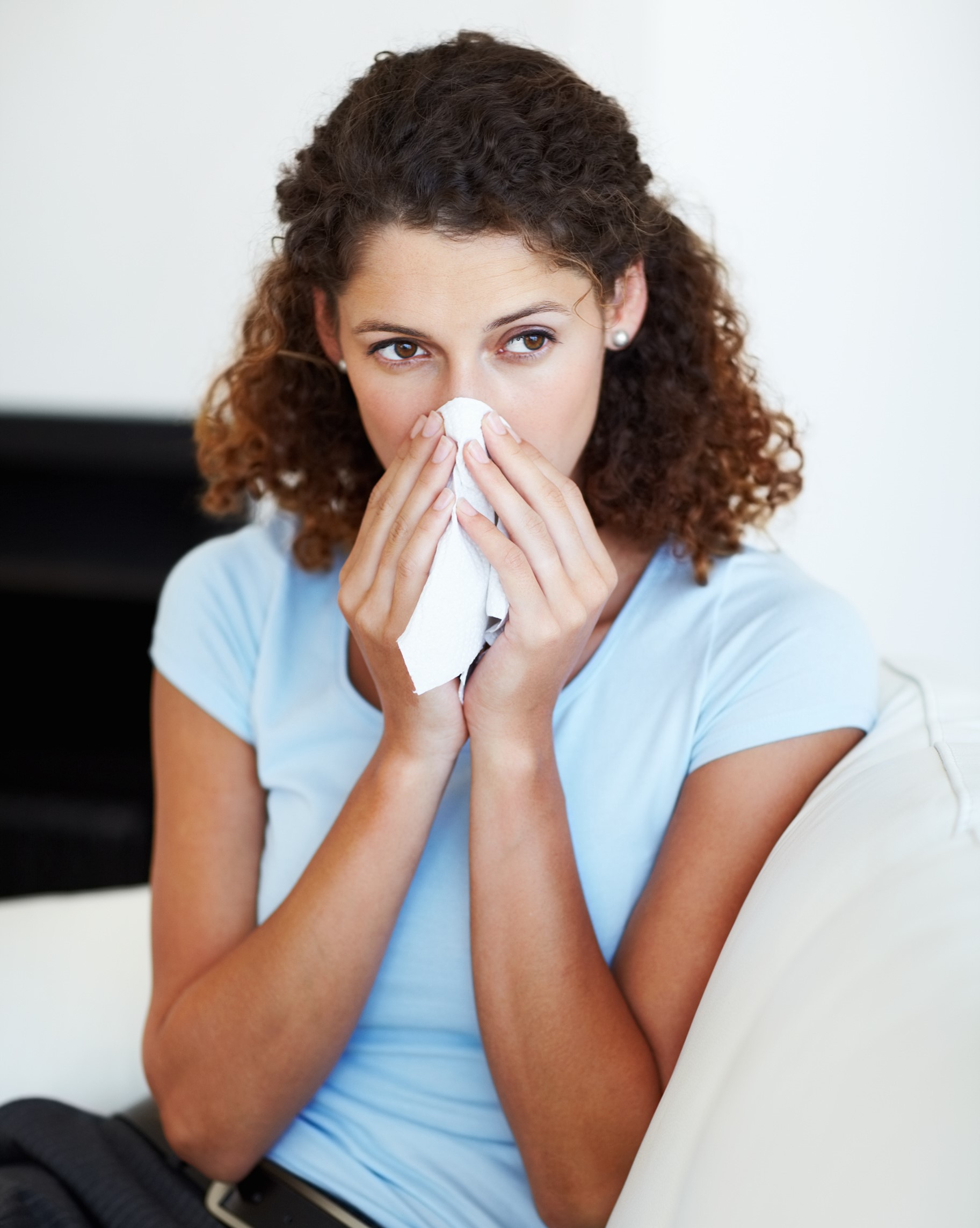Tackling allergies around the home

We may be approaching the end of the hay fever season, but allergies are here to stay. It’s estimated that over 40 million people in the UK have one or more allergic conditions, from gluten intolerances to asthma and eczema. A few (such as nut allergies) can be fatal, while others (eggs, dust, crustaceans) are non-lethal yet hugely unpleasant amid a flare-up.
It's difficult to manage allergies in public, where everything from pollen to air pollution is often unavoidable. Back inside the safety of your own home, there are plenty of ways to minimise your exposure to irritants…
Eat well for less reactions
Unhealthy diets don’t necessarily cause allergies, but they give our bodies insufficient fuel to fight off unwelcome invaders. A diet rich in whole grains, fruit and vegetables will prevent new allergies while reducing the impact of existing ones. Consuming large quantities of water every day also helps your body to flush out irritants.
Choose hard floors over carpets
Carpets are tactile and warm, but their fibres provide safe spaces for dust mites and pollen to gather. Hard surfaces leave allergy-causing molecules nowhere to hide or bind onto, with a stroke of a vacuum or mop obliterating them. This is important in bedrooms, where we lie closer to the ground, especially as morning antihistamines may have worn off by bedtime.
Keep it clean
As well as routinely cleaning hard surfaces, don’t leave bedding in place for more than a week, since dust mites and dander tend to build up rapidly. Vacuum your pillows if your symptoms escalate at night and invest in hypoallergenic pillows clad in fabric protectors. Wash bedding and towels at 60 degrees to kill mites, and regularly dust flat surfaces.
Keep yourself clean
Allergens can cling to your skin, the inside of your nose and your hair, before making their way via your hands into your lungs or stomach. Regular showers will reduce this. Pets should also be routinely bathed – or at least brushed – and wearing a dust mask while cleaning may help. Some people obtain sinus/nasal relief from saline sprays, neti pots and humidifiers.
Leave windows open outwith hay fever season
If you’re intolerant to pollen, June can be an especially tricky month. At other times of the year, look to maximise ventilation throughout the home by leaving trickle vents and casements open. Flinging external doors open for a few minutes also helps to banish some airborne allergens, especially while you’re dusting, vacuuming, mopping or washing.
Invest in air purifiers
Modern cars have pollen filters, creating an air-conditioned environment free from irritation. Ionising fans and air purifiers attempt to replicate this indoors by extracting particulates out of the air – though they’ll struggle if the particulates in question are flowing in from an open window! Choose powerful rotating fans with timers, to cleanse the air on a regular basis.
Choose household products with care
The use of allergy friendly products is especially important to asthma sufferers, and it may benefit others as well. They range from non-toxic cleaning products to allergy-resistant bedding, paint and flooring. Many people suffer from sensitive skin, making it vital to (a) determine which ingredients cause a reaction and (b) check product packaging carefully.
And finally….
Although life is more pleasant when you’re not experiencing an allergic reaction, reducing young children’s exposure to microbes and infectious materials may actually increase their susceptibility to allergies in later life. In the same way that consuming locally produced honey helps to diminish hay fever symptoms, controlled exposure to unwelcome agents can sometimes be healthier (especially for developing immune systems) than total elimination.
Back to Latest Posts




